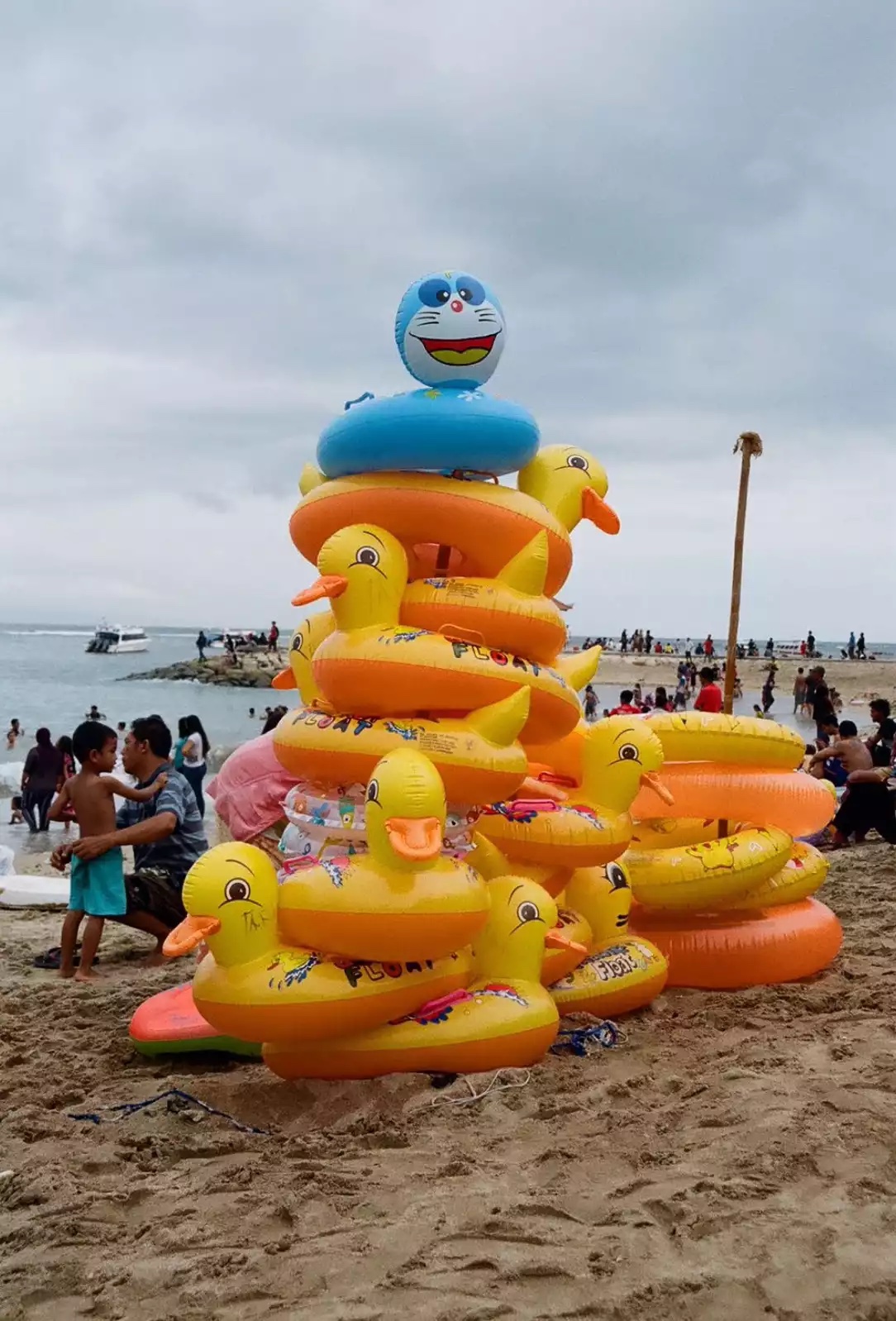
Summer has officially arrived! With the hotter temperatures arrive a seasonal slew of gallery exhibitions that illuminate the works of rising and experimental artists. In other words, it’s the most wonderful time of the year for those who are passionate about the diverse voices of emerging or overlooked talents.
At the Artnet Gallery Network, we make it our goal to bring new artists to attention, not just in the summer but year-round, searching through the thousands of talented artists on our website and selecting a few we find particularly intriguing right now. To kick off the summer, we’ve selected five international artists we think you should know, showing at galleries in Mexico City, Dubai, and beyond.
Neha Vedpathak at Sundaram Tagore Gallery, Singapore
Neha Vedpathak, The Woods Within Me (2021). Courtesy of Sundaram Tagore Gallery.
The Indian-born, Detroit-based artist Neha Vedpathak (b. 1982) creates tactile, abstract paper compositions which she imbues with rich tones. Her textured constructions seem to float, hauntingly, in space, casting shadows against walls with lacy intricacy. The artist’s unique process defines these works; she plucks at handmade Japanese paper with a pushpin, slowly separating the paper’s fibers to create a gauzy base onto which she both sews and stains with pigments. The time-consuming process (each work can take weeks to months) engages the artists in a meditative process of slowing down. Currently, both new and older works by the artist can be seen in “I Dwell in Possibilities” at Sundaram Tagore Gallery in Singapore (through August 6). Her works can also be seen in the museum exhibition “Invisible Thread” at the Baker Museum in Naples, Florida.
Gabriel O’Shea at Galeria Hilario Galguera, Mexico City
Gabriel O’Shea, Resto (2021). Courtesy of Galeria Hilario Galguera.
The young Mexican artist Gabriel O’Shea (b. 1998) creates mysterious works across mediums, from black-and-white photography to sculpture. These works often hint at religious and funerary themes, offering titles such as Elegía (Elegy) and Ashes to Ashes, Dust to Dust. In his work Resto, on view with Mexico City’s Galeria Hilario Galguera, O’Shea has painted over an 18th-century artwork, leaving only the traces of a ghostlike figure behind. All in all, the emerging artist’s practice is a unique departure from current tastes for vibrantly colorful canvases.
Lennart Brede at Anna Laudel, Düsseldorf
Lennart Brede, Lola (2019). Courtesy of Anna Laudel.
Berlin and London-based photographer Lennart Brede’s solo show, “Because You Want To Be Loved,” currently on view at Düsseldorf’s Anna Laudel (through July 16), explores the moments and gestures of joy, community, and friendship that emerge in a culture in which people must often fight to survive. In the photograph Lola (2019), one of the most striking images in the show, we see the transgender model Lola staring back into the camera with a sense of reciprocity, surprise, and innocence. In these works, Brede captures a sense of the reality of existence rather than an aestheticized ideal.
Carla Chan at Galloire, Dubai
Carla Chan, Up Side Down Noise (2017). Courtesy of Galloire Gallery.
Hong Kong artist Carla Chan (b. 1989) tends to blur the boundaries between categories—reality and illusion, figuration and abstraction—in works that blend the natural and the digital. Many begin with digital photographs of vast mountain ranges captured in darkness. Onto these prints she pours iron or carbon, which she then washes away, creating works, which, in their finality, operate somewhat like memory itself: hazy and altered by the passages of intervening time and experience. Chen brings these principles to her video works as well, presenting experiential installations in which virtual landscapes unfurl. They use algorithms to simulate organic formations and patterns found in nature. As Chan has said, “The work springs from my long obsession and fascination with natural transformations, particularly formless shapes and their movement. The transformative power of natural substances such as water, rock, air, and clouds produce infinite varying forms that seem both ordered and random at the same time.”
Fabio Baroli at Galerie Voss, Düsseldorf
Fábio Baroli, Untitled (2022). Courtesy of Galerie Voss.
Fábio Baroli (b. 1981), who shows with Düsseldorf’s Galerie Voss, recently closed an exhibition of paintings called “Where the Wind Turns.” The show poetically showcased Baroli’s ability to transmute simple objects—a toy top spinning against an empty background or a chicken reminiscent of those from his agrarian Brazilian childhood—into emblems that carry memories, family histories, and moments of realization within them. In some senses, his imagery is regional to Latin American farm life, but his sense of the power of the everyday is remarkable, and rendered with a raw and forceful naturalism.